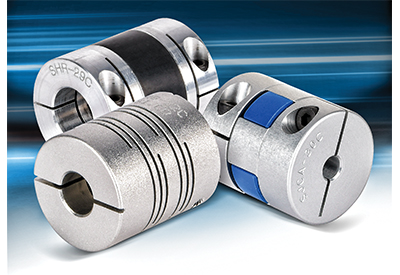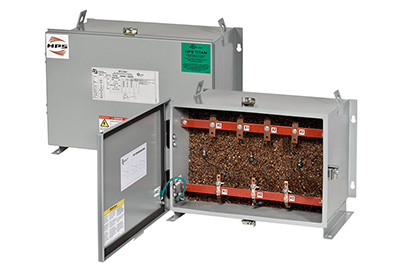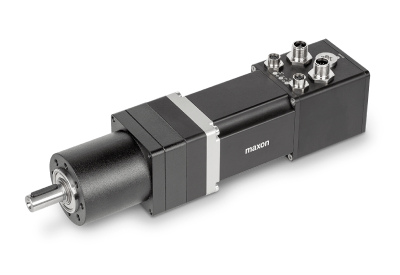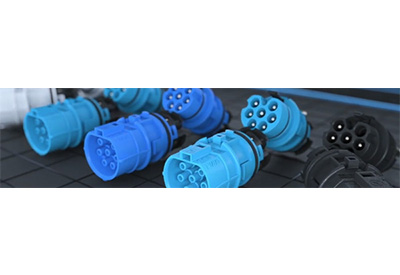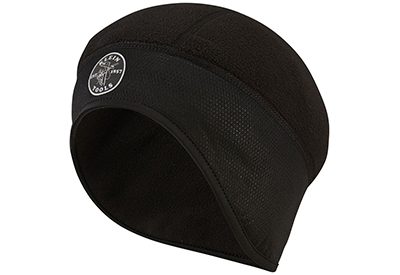Green Range 221 Series Splicing Connector from WAGO
October 16, 2023
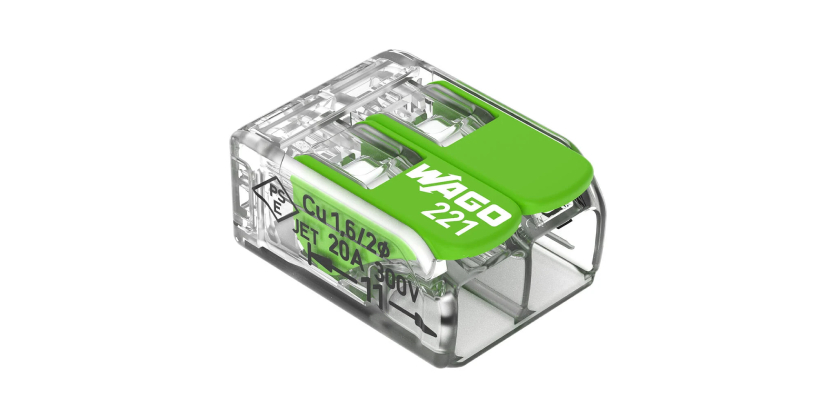
Green Range 221 Series Splicing Connector from WAGO
Nothing is too small to make a positive impact on our environment. Therefore, WAGO has reimagined one of their best-known products – the 221 Series Splicing Connector. A variant made of partially bio-circular and recycled plastics has been created to keep existing resources in circulation. The connector thus lays a more sustainable footprint right at the start of the installation.
Your Benefits from the 211 Series Splicing Connector:
- Plastics made partly from post-consumer recycled material (e.g., recycled PET bottles) and bio-based residues from industrial and household use (bio-circular)
- Reduced consumption of fossil resources, since existing resources remain in circulation
- Same quality and certifications as the 221 Series Splicing Connector
As an industrial manufacturing company, WAGO requires many resources, meaning energy and raw materials like plastics. Conventional plastics consist of carbon compounds derived from sources like petroleum and natural gas – two non-renewable materials whose extraction damages our environment and climate. To steadily reduce the need for new plastic, they have rethought one of their most popular products, the 221 Series Splicing Connector with Levers. It is now available in a version made from partially bio-circular and recycled plastics.
Its name: the WAGO Green Range Splicing Connector with Levers. The new connector from the Green Range family is a first step towards sustainable development since every big change begins with a first small step.
The Same Quality from More Sustainable Plastics
WAGO’s well-known connector with orange levers also contains plastics made from recycled materials. However, they’re going a step further with the WAGO Splicing Connector with Levers Green Range. They continue to circulate existing materials while including materials from other circular economies.
- Internal recycling process: We reuse regranulate with nearly new product quality to produce new connectors.
- Therefore, our standard 221 Series Splicing Connector already contains a significant amount of regranulate.
- In addition to regranulate, the new WAGO Splicing Connector with Levers Green Range consists of 77% bio-circular PC (housing) and at least 27% recycled PBT (lever).
- Two-thirds of their total plastic consists of more sustainable materials than the 221 Series Splicing Connector.
- Same quality: Both connectors have the same technical data and certifications and are suitable for the same applications.
- The WAGO Splicing Connector with Levers Green Range is an option for anyone seeking to produce or construct more sustainably.
That’s in the Connector
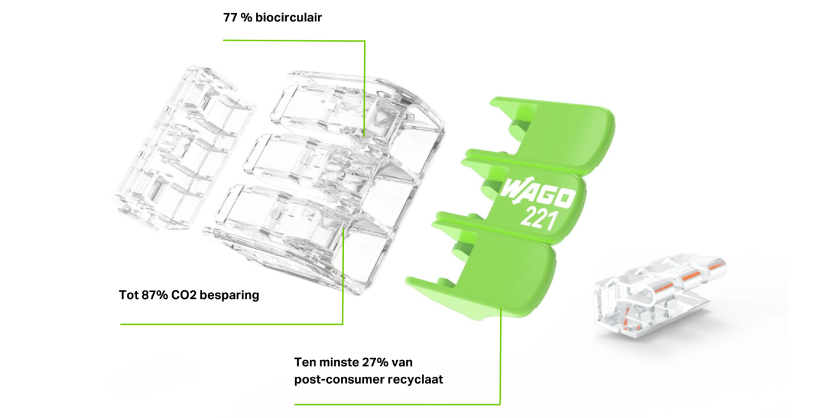
Packed in Grass Paper
Not only does the splicing connector use more sustainable resources, its packaging also follows suit. WAGO pays attention to the materials used and the associated environmental footprint when it comes to packaging too. WAGO’s Green Range Splicing Connector with Levers is packaged in grass paper, a more sustainable alternative to 100% recycled paper. Grass paper is made of up to 30% grass fiber and up to about 70% recycled paper.
Grass paper production emits less CO2* and consumes less water** than pure recycled paper production. In addition, its impact on biodiversity is about 28% lower since the grass fiber comes from ecological compensation sites for development or fallow agricultural land. By law, these sites must be mown several times a year, and the grass clippings go into grass paper production.
*Approx. 5.6% less CO2 **Approx. 11% lower water consumption
More Information
Related Product
WAGO’s New Compact Controller 100 Maximizes Engineering Flexibility
The new Compact Controller 100, with a real-time Linux® operating system, gives users maximum freedom. This compact device is freely programmable with CODESYS V3, but can also be used with IEC 61131-independent software, for example, Node-RED, Python or C++.
Subsequent installation of Docker® as a virtualization environment is also straightforward. This addition makes the Compact Controller 100 a full-fledged IIoT device with gateway functionality. In this way, WAGO perfectly combines the requirements of two different domains into one device, bringing its expertise to bear where “automation meets IT.”


